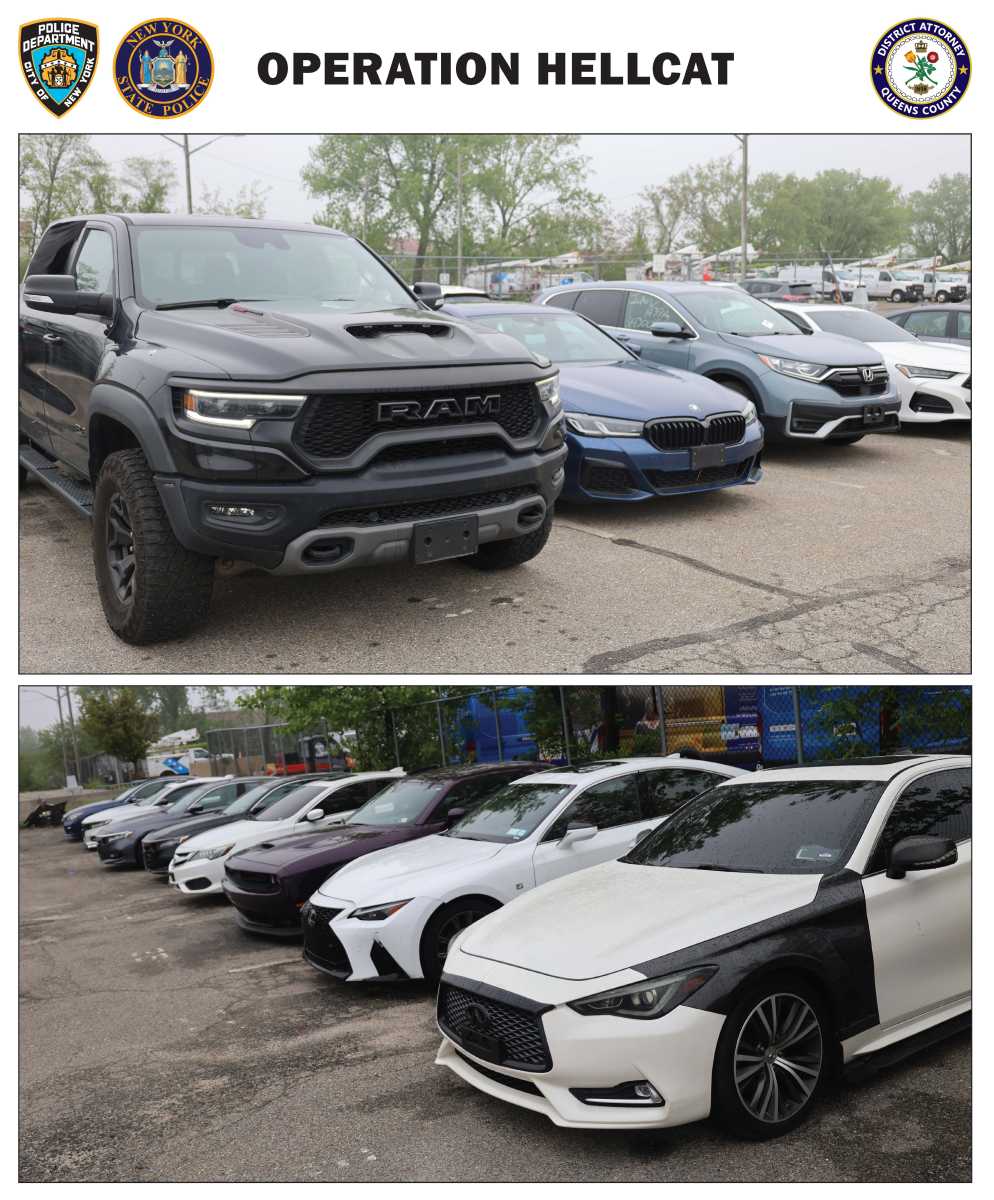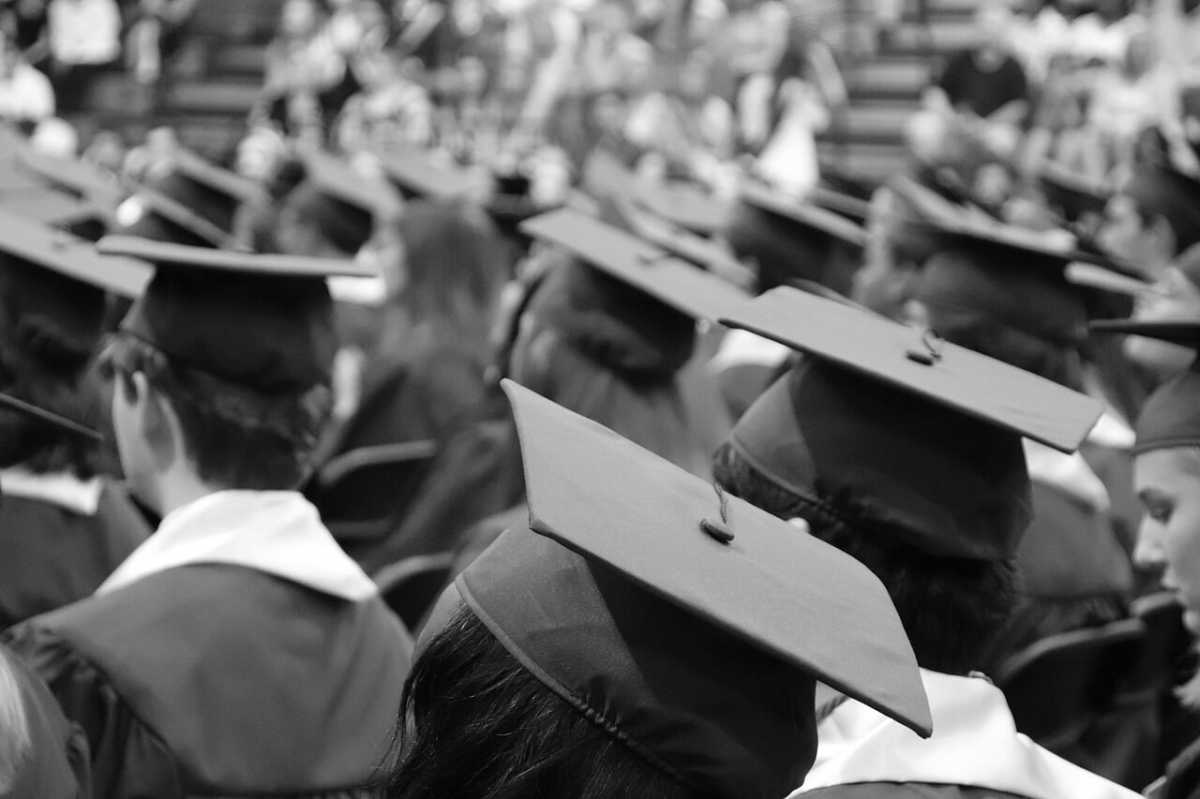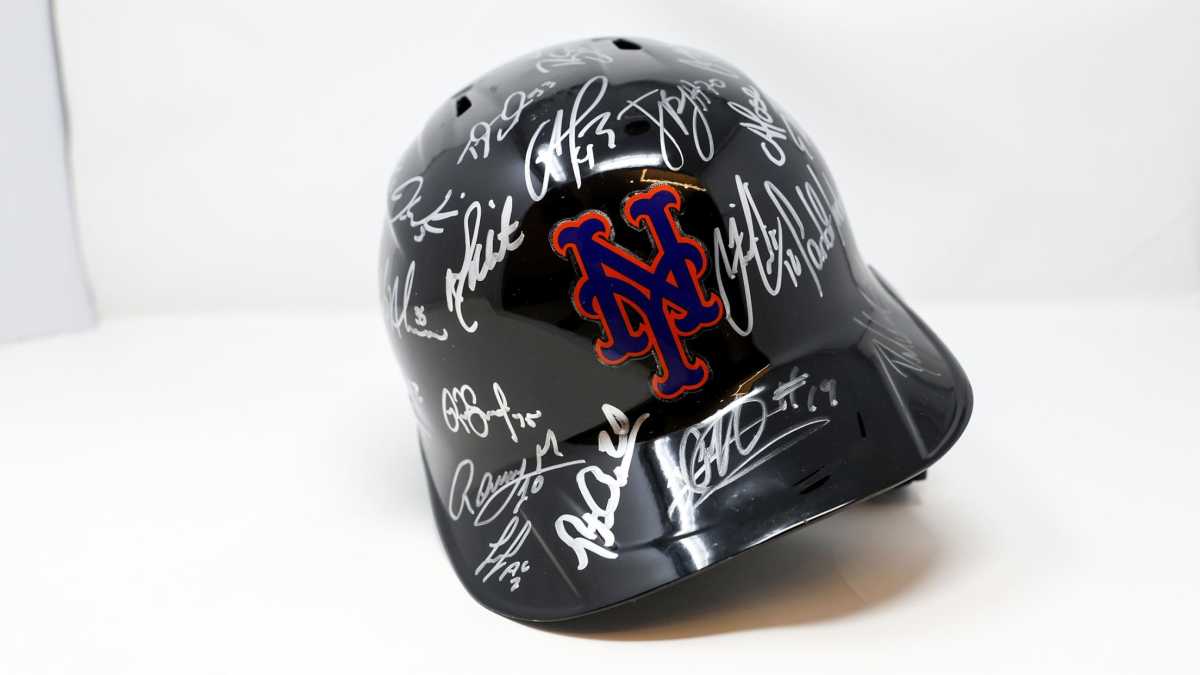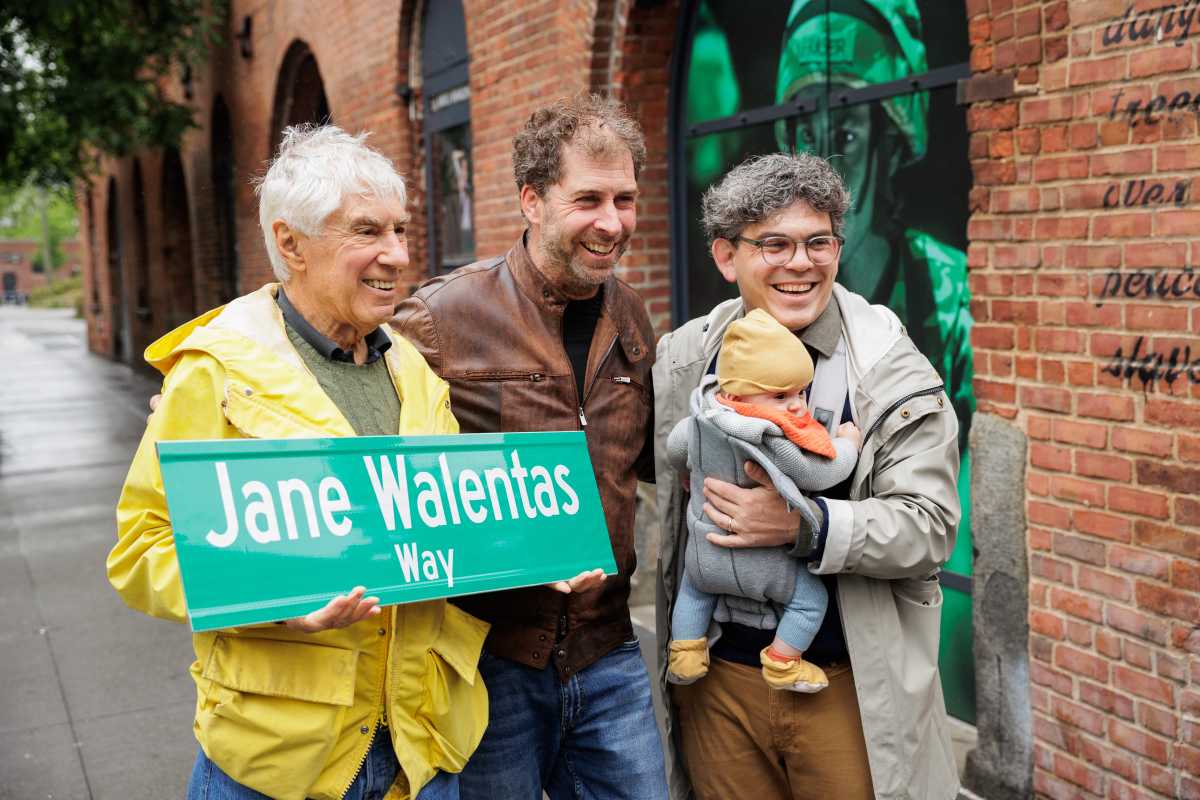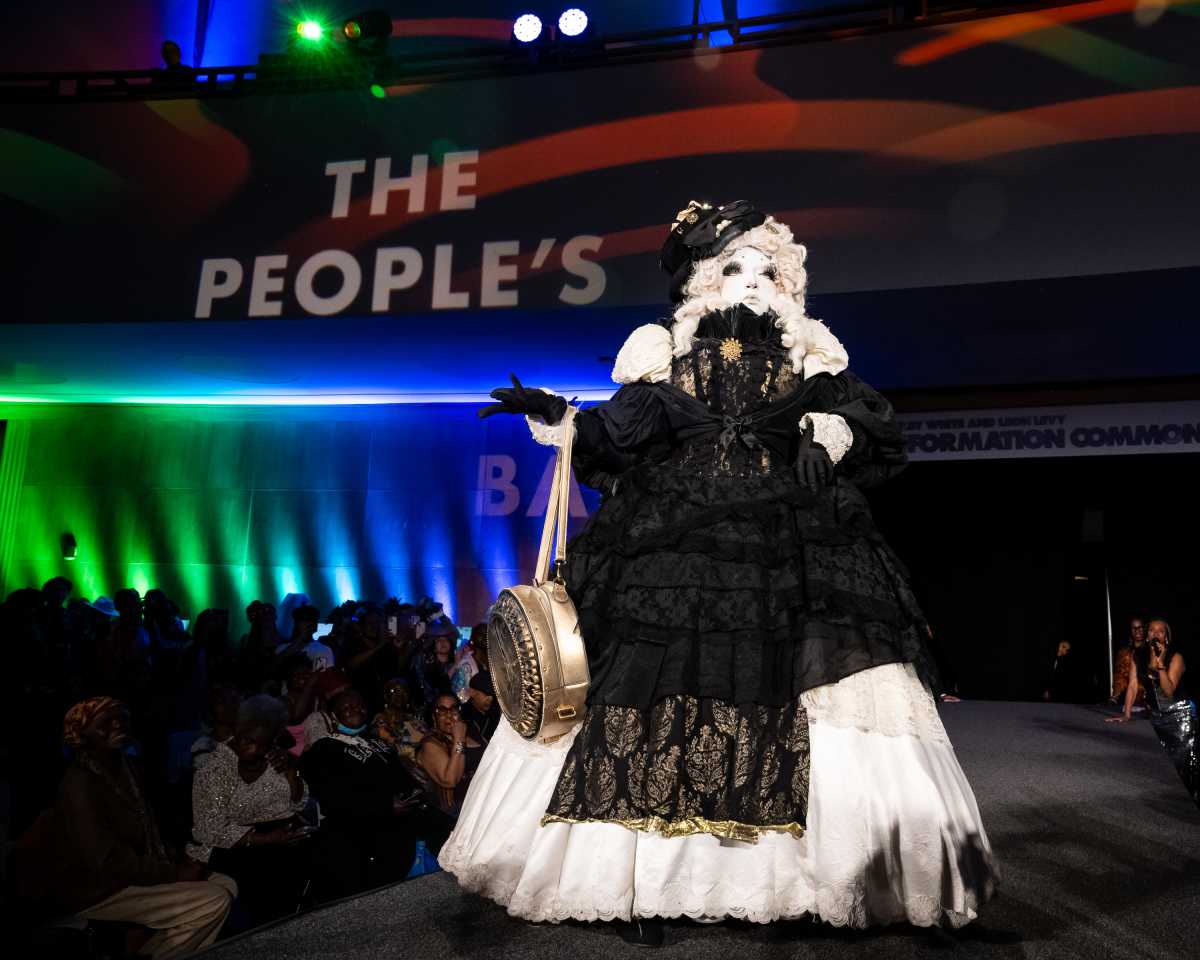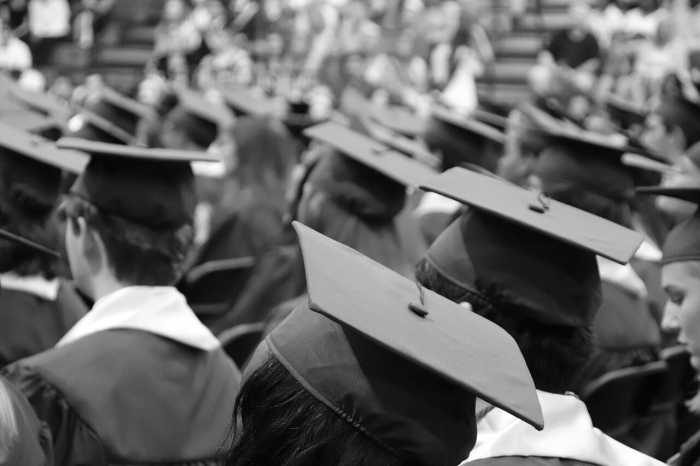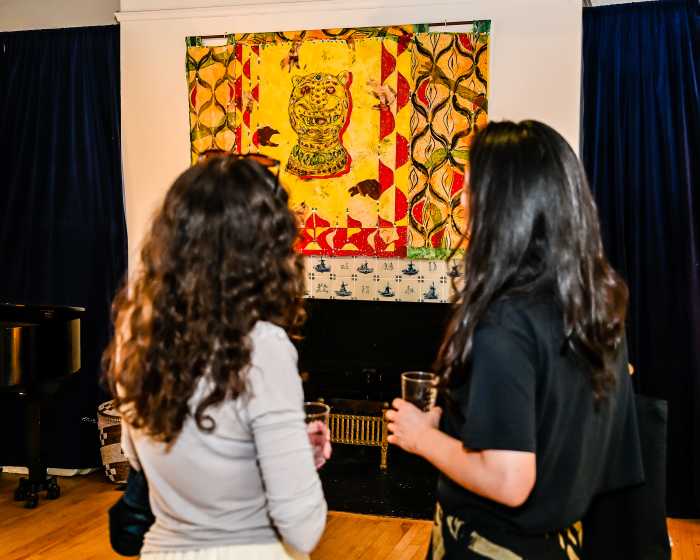By Brooke Edwards
The Lower East Side is losing yet another of its enclaves for underground artists with the closing of the Orchard Street Art Gallery.
Known for housing street and graffiti artists, the Orchard St. gallery recently lost its home after an eight-month court battle. The site, at 139 Orchard St. between Delancey and Rivington Sts., will be converted into condo apartments by the building’s owner, the DAB-Group, according to gallery owners Adam Deville and Ali Ha.
“They’ve kicked everyone out of our building,” Ha said. “We’re the last ones left.”
For the couple, losing their lease means not only losing their gallery space, but also their home. Deville and Ha say DAB-Group paid the other residents up to $15,000 to vacate their rent-stabilized apartments, but refused to pay them anything because they also used the space commercially.
In the end, the couple lost their lease and did not receive any compensation, though they did get to live in the space rent-free for most of a year while their case was in court.
“The last eight months in court were as fun as they sound,” the owners wrote in an e-mail to their patrons. “But don’t worry, we ain’t going out like that….”
The gallery has planned a “grand closing” event for Fri., April 6, from 6 p.m. to 9 p.m. The finale, open to the public, will feature the original signs from each of the 20 artists the gallery has featured throughout its three-year run. There will also be various Orchard Street Art Gallery signs for sale.
“It will be like a little smorgasbord of everything,” Ha said.
Deville said prices might range from $5 to $10,000, depending on “How much we know you and how much you’ve got in your pocket.”
Deville, 35, and Ha, 29, have worked and lived in the gallery since December 2002. They opened the gallery, which also serves as their living room, to have a place to display the now-famous line of wooden sneakers known as Skewville.
Skewville is the creation of Deville and his twin brother, known as DROO. As kids growing up in Queens, the brothers would toss their old black converse sneakers on power lines as a way of “representing — leaving your mark on the ’hood,” Deville said. But soon, they wanted to toss more shoes than they were wearing out. And so, in 1999, they started making wooden versions of the iconic sneakers, calling the line Skewville after the name of their crooked Astoria house. The brothers then began tossing the shoes on power lines and street lampposts around the world.
The most famous Skewville show at the gallery, titled “Gang Related,” featured customized wooden sneakers by 75 different artists. For five months before the show, the Deville twins passed out blank editions of their wooden sneakers to the artists. The show drew so much attention, it was held at Orchard St. for six months in 2004.
The gallery was home to the first solo shows of many underground street artists, including Jet+Rubble, Abe Lincoln Jr., Solar, Rep1 and Gore.b.
“We like to give artists a chance to have their first solo show in a setting that is not ‘gallery-like,’ which is so not fun,” said Ha.
Orchard St. also prided itself on welcoming artists who weren’t allowed in more mainstream galleries, such as ELiK, who was asked to leave the McCraig Wells Gallery due to protests over the artist’s reported connection to neighborhood graffiti.
The gallery’s reputation for supporting “vandals” got the attention of the New York Police Department. Deville said undercover officers stopped by constantly. He said even the chief of police himself showed up at one of their last shows, threatening fines because they were serving alcohol without a license.
Though they may have been pushed out of the Lower East Side, they’re not through with New York. They’re planning their rebirth in Brooklyn, where young artists are migrating eastward from Williamsburg.
“We’re going to take our scene to Bushwick,” Ha said. They are looking to buy a small space, so that they’ll never have to worry again about getting pushed out by another — in their words — “slumlord.”
Their new spot will likely be a bar in addition to a gallery space because, Ha said, “Art doesn’t really make us money.”
Deville added, “Whether we call it a bar or call it a gallery, we just know it’s definitely going to involve art and it’s definitely going to involve alcohol. The only reason people come to see art is for the free beer.”
Shortly after they opened, the Orchard Street Art Gallery was listed as one of 25 in the Lower East Side loop. Now, Ha said, there are eight.
“It’s just sad that there’s not going to be a place for underground artists, with rent so high,” she said.
In the end, the couple is happy with the run the Orchard Street Art Gallery had.
“It was fun while it lasted,” Deville said. “From a business point of view, it failed. But from a street cred point of view, we were really successful.”













